how to become data scientist
Overview
- Step by Step guide to developing must learn skills for becoming a Data Scientist
- Resources Like MOOCs, YouTube Channels, Blog Pages, Data Science Community websites for learning various skills
- Data Science Community Websites Like Kaggle, Driven Data, Analytics Vidhya for Getting Hands-On experience with Datasets and
other useful Machine Learning Techniques
What Is Data Science?
Data Science is all about "using various techniques, algorithms to analyze large amounts of datasets (both structured & Unstructured), to extract useful data insights, thus applying them in various business domains."
Why there's a demand for Data Scientists?
Data is being generated day by day at a massive rate and in order to process such massive data sets, Big Firms, Companies are hunting for good data scientists to extract valuable data insights from these data sets and using them for various business strategies, models, plans
Table of Contents
- Learn Python
- Learn Statistics
- Data Collection
- Data Cleaning
- Acquaintance With EDA( Exploratory Data Analysis)
- Machine Learning & Deep Learning
- Learn Deploying of ML model
- Real-World Testing
- Exploring and Practicing datasets on Kaggle, Analytics Vidhya
- Analytical Curiosity
- Non-Technical Skills
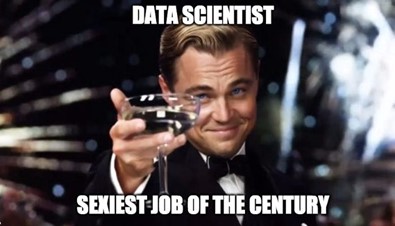
1. Learn Python
The First and Foremost Step Towards Data Science should learning be a programming language ( i.e. Python). Python is the most common coding language, used by the Majority of Data Scientist, because of its simplicity, versatil,ity and being pre-equipped with powerful libraries ( like NumPy, SciPy, and Pandas) useful in data analysis and other aspects in Data Science. Python is an open-source language and supports various libraries.
Resource:
MOOCs: Udacity Python Course, Coursera Python Course
YouTube Channel: Krish Naik, Code Basics
Blogs: Analytics Vidhya, KD Nuggets
2. Learn Statistics
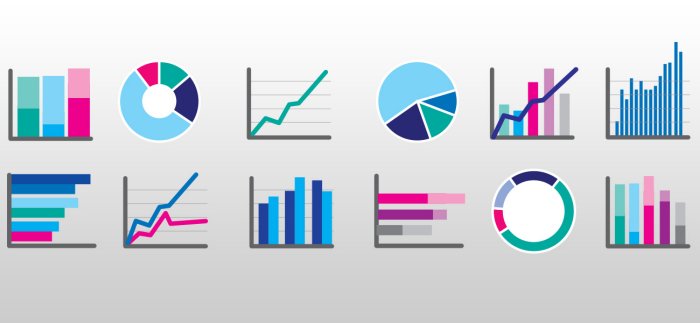
If Data Science is a language, then statistics is basically the grammar . Statistics is basically the method of analyzing, interpretation of large data sets. When it comes to data analysis and gathering insights, statistics is as noteworthy as air to us. Statistics help us understand the hidden details from large datasets
Resource:
MOOCs: Coursera Statistics Course
YouTube Channel: Krish Naik, Code Basics
Blogs : Analytics Vidhya, KD Nuggets
3. Data Collection
This is one of the key and important steps in the field of Data Science. This skill involves knowledge of various tools to import data from both local systems, as CSV files, and scraping data from websites, using beautifulsoup python library . Scrapping can also be API-based. Data collection can be managed with knowledge of Query Language or ETL pipelines in Python
Resource:
MOOCs: Coursera Data Collection with Python
4. Data Cleaning
This is the Step where most of the time is being spent as a Data Scientist. Data cleaning is all about obtaining the data, fit for doing work& analysis, by removing unwanted values, missing values, categorical values, outliers, and wrongly submitted records, from the Raw form of Data . Data Cleaning is very important as real-world data is messy in nature and achieving it with help of various python libraries(Pandas and NumPy)is really important for an aspirant Data Scientist
Resource:
Blog: Blog On data Cleaning Using Python
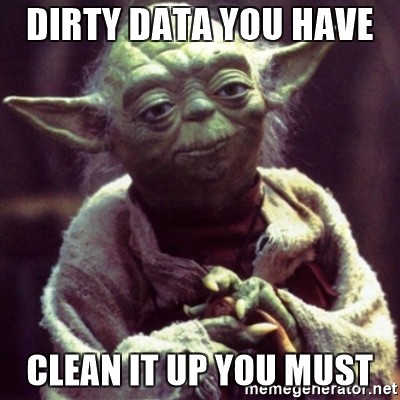
5. Acquaintance With EDA( Exploratory Data Analysis)
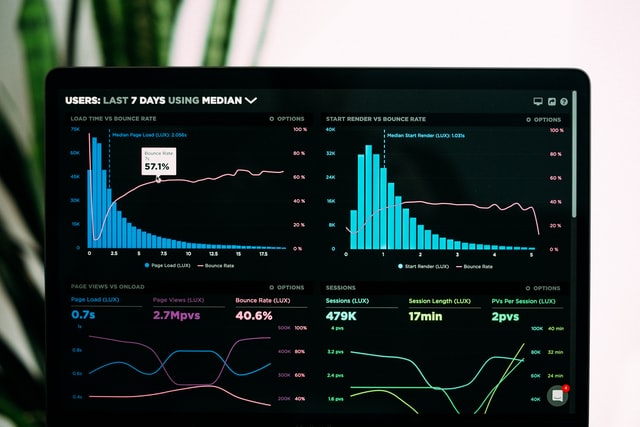
EDA( Exploratory data analysis) is the most important aspect in the vast field of data science . It includes analyzing various data, variables, various data patterns, trends and extracting useful insights from them with help of various graphical and statistic l methods. EDA identifies various pattern which Machine learning algorithm might fail to identify. It includes all Data Manipulation, Analysis, and Visualization.
Resource:
Data Science Communities: Kaggle, Analytics Vidhya
Blog: EDA On Iris Dataset
YouTube Channel: EDA Videos on Krish Naik, Code Basics
MOOCs: Coursera Course On EDA, Statistics, Probability
6. Machine Learning & Deep Learning
Machine learning is the core skill required to be a Data Scientist . Machine learning is used to build various predictive models, classification models, etc., and is being used By big firms, Companies to Optimize their planning as per the predictions. For example Car Price prediction

Deep Learning on the other hand is and an advanced version of Machine Learning which deploys the use of Neural Network, a framework that combines various machine learning algorithms for solving various tasks, for training data. Various Neural networks are recurrent neural network (RNN) or a convolutional neural network (CNN) etc
For Example: Face Recognition
Resources:
Data Science Communities: Kaggle, Analytics Vidhya
Blog: Analytics Vidhya, KD Nuggets
YouTube Channel: Videos on Krish Naik, Code Basics
MOOCs: Coursera course Machine Learning, Coursera Deep Learning Specialization
7. Learn Deploying of ML model
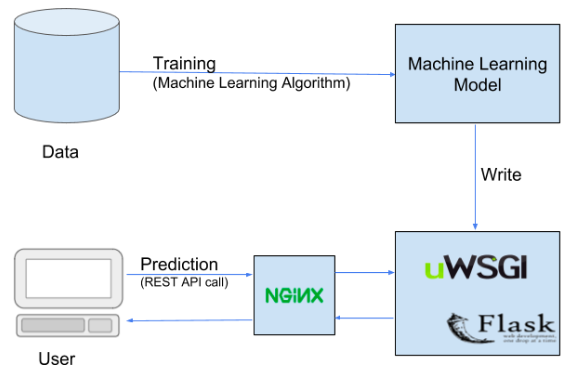
Deployment is basically the process of making your Machine Learning Model available to end-users for use . This is achieved by the integration of the model with various existing production environments thus implementing the practical use of the ML model for various Business solutions.
There are many services for deploying your ML model like Flask, Pythoneverywhere, MLOps , Microsoft Azure, Google Cloud, Heroku, etc
Resources:
YouTube Channel: ML Deployment Videos on Krish Naik, Code Basics
Blogs: Analytics Vidhya, KD Nuggets
8. Real-World Testing
Testing and Validation of the Machine Learning Model after Deployment Should Be done In order to check its effectiveness and accuracy. Testing is an Important Step In Data Science for keeping the efficiency and effectiveness of the ML model In check .
There is Various Type Of Testing like A/B, AAB Testing, etc.
9. Exploring and Practicing datasets on Kaggle, Analytics Vidhya
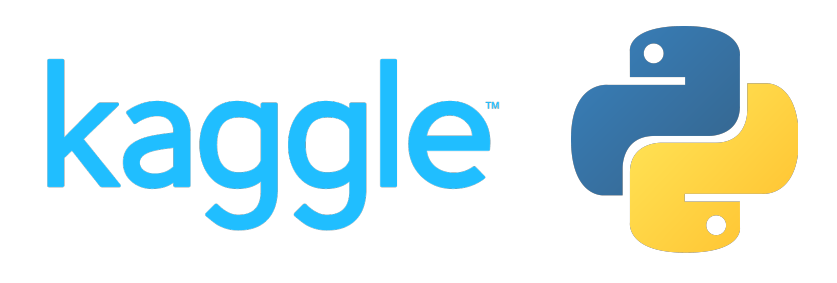
World's Largest Data Science Communities like Kaggle, Analytics Vidhya is very helpful for getting in touch with various datasets and therefore can be used for practicing Various Data analysis techniques, machine learning algorithms. Competitions being held in these communities are also useful for sharpening the skills of data science, thus helping us to achieve our goal of becoming proficient in Data Science faster .

10. Analytical Curiosity
The data science field is a field that is evolving at a higher pace , therefore it requires inbuilt curiosity to explore more about the field, regularly updating and learning various skills & techniques.
This is the main skill that will always help us maintaining, updating new skills & concepts, thus preventing us from lagging behind various Data Science technological advancements.
11. Non-Technical Skills
Non-Technical includes Teamwork, Communication Skills, Task management, Business understanding, etc
Teamwork plays an important role while delivering the result to the firms, companies we are working as data scientists.
Communication skills allow us to express our technical ideas, concepts to various non-technical staff/ authorities of the Firm.
Task Management involves proper management and planning for delivering the solution.
Business understanding/ acumen or the understanding about the industry we are working in is very important for various analyses and effective solutions for the problems in those industries.
With this I finish this blog.
Hello Everyone, Namaste
My name is Pranshu Sharma and I am a Data Science Enthusiast
Thank you so much for taking your precious time to read this blog. Feel free to point out any mistake(I'm a learner after all) and provide respective feedback or leave a comment.
Dhanyvaad!!
Feedback:
Email: [email protected]
The media shown in this article are not owned by Analytics Vidhya and is used at the Author's discretion.
how to become data scientist
Source: https://www.analyticsvidhya.com/blog/2021/04/step-by-step-guide-to-become-a-data-scientist-from-scratch/
Posted by: pattondesten.blogspot.com

0 Response to "how to become data scientist"
Post a Comment